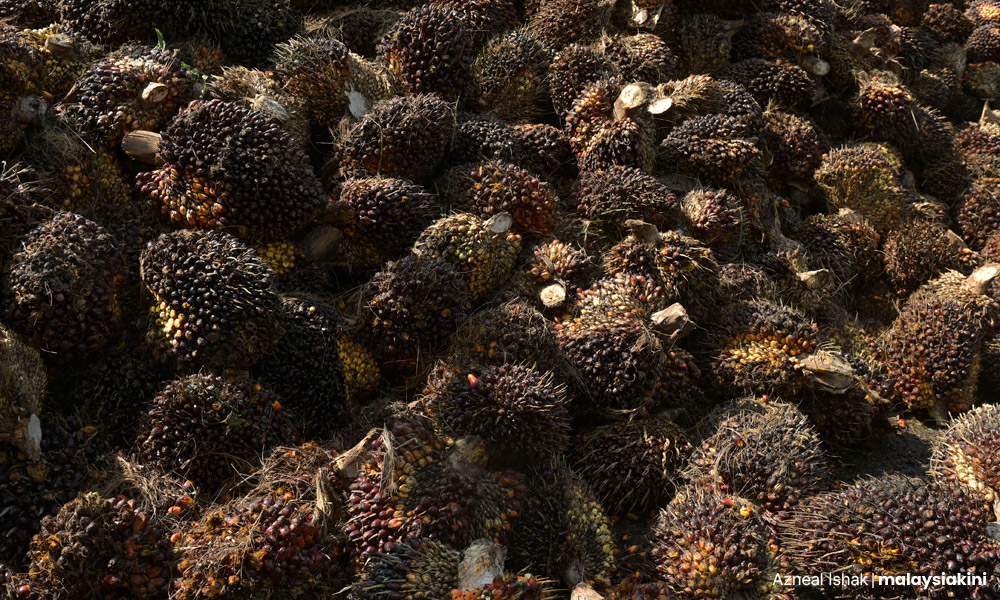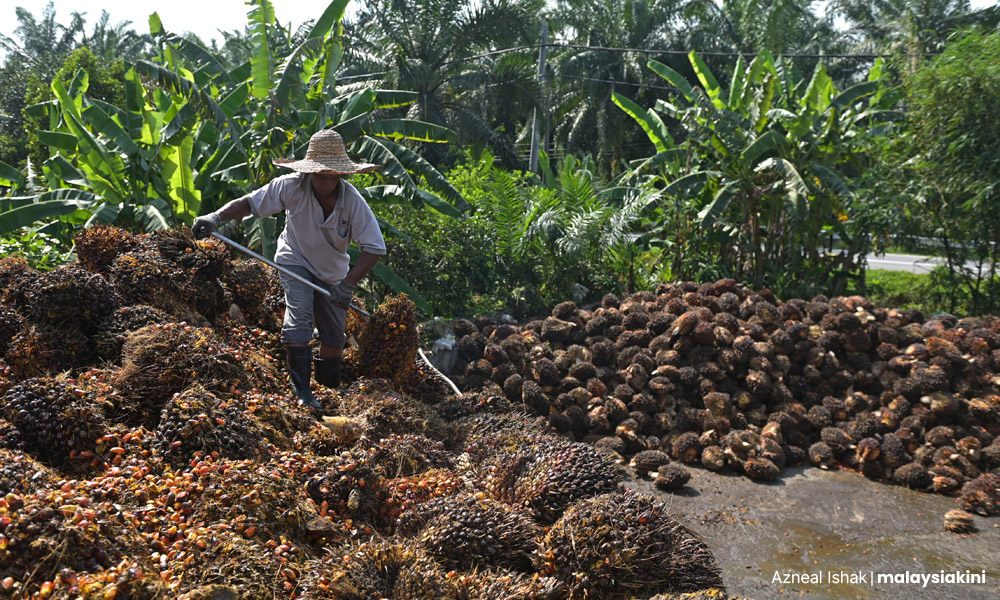“There is something bad in everything good, and something good in everything bad,” as Michael Lewis put it. How many of you agree with this quote? Personally, I find that nothing is entirely right or wrong, good or bad in life, it all depends upon our perception.
When it comes to oil palm, environmental NGOs often blame it for deforestation, including when orangutans are forcefully expelled from their homes when forests are converted to oil palm plantations.
Thanks to Indonesia, oil palm is also commonly linked to haze-causing illegal peat and forest fires. In fact, the Land Use, Land Use Change, and Forestry (LULUCF) sector is identified as a “source”, rather than a sink for Indonesia.
The reasons for Indonesia’s LULUCF sector being reported as a “source” were further explained in their third Biennial Update Report. They mentioned, among others, unsustainable forest management, illegal logging, expansion of agricultural lands, i.e. plantations, forest fires, etc.
In other words, land use change and milling operations associated with oil palm production have raised major concerns about greenhouse gas (GHG) emissions. In Indonesia’s third Biennial Update Report, deforestation contributed to annual emissions of 293.2 million tonnes (Mt) CO2e yr-1 and 58 million tonnes (Mt) CO2e yr-1 within their reference period.
Meanwhile, emissions from peat decomposition in Indonesia rose from about 151.8 million tonnes (Mt) CO2e yr-1 in 1990 to about 226.2 million tonnes (Mt) CO2e yr-1 in 2012.

With the increasing awareness of sustainable development, the Indonesian government has announced mandatory compliance to sustainable practices and certifications, ie, the Indonesian Sustainable Palm Oil Standard (ISPO) for big plantations in 2011, which then extended to small farmers in 2020.
Meanwhile, the introduction and implementation of Malaysian Sustainable Palm Oil (MSPO) started in early 2015 on a voluntary basis for all stakeholders including the smallholders, and was later enforced as mandatory in 2019.
Policies were introduced to maintain a cap of 6.5 million hectares of oil palm cultivation in Malaysia. Apart from that, no new planting of oil palm is allowed in peatland areas, and no conversion of forest reserve areas for oil palm cultivation.
Besides, the Malaysian oil palm industry can opt for voluntary certification schemes such as the Roundtable of Sustainable Palm Oil (RSPO).
However, the effectiveness of national and international certification has been controversial. The high cost of RSPO also led to the relunctancy of stakeholders.
Far from useless
Does this mean oil palm is nothing but a problematic crop? Of course not, there are benefits to palm oil that cannot be ignored.
It is more popularly known as a raw material for biofuels, or used in various applications like food production and cosmetics. However, palm biomass such as the trunk, empty fruit bunches, and fibre are often left on the ground and can be a waste if it is not properly utilised.

Due to its abundance, palm biomass can be a better source of renewable energy compared to solar, wind, and geothermal sources. The application of biomass energy should be encouraged to help the Malaysian government achieve about 20 percent renewable energy capacity in 2025.
On that note, the Malaysian Palm Oil Certification Council (MPOCC) has highlighted in Principle 5 of the revised MSPO Standards MS2530:2022, that Criterion 2 is for efficiency of energy use and renewable energy, while Criterion 3 focuses on waste management.
The oil palm industry players are urged to adopt the 3R concept (reduce, reuse, recycle) in the disposal of palm oil waste.
But the generated biomass was often not considered worthwhile to be fully utilised by millers due to cost issues. Some papers showed that disposing of palm biomass using inefficient practices was much cheaper than using conventional methods.
For instance, the empty fruit bunch has a high moisture level, which makes it more economical to be used as biofertilizer when mulched than dried and pressed using machines.
Interestingly, Shamsuddin and his team in the paper, titled “Development of Renewable Energy in Malaysia: Strategic initiatives for carbon reduction in the power generation sector” estimated a reduction in GHG emissions by utilising palm biomass for power generation by a significant amount.

The estimated total GHG emission reduction could contribute to Malaysia’s GHG emission per capita reduction from 8.2 tonnes CO2e to 5.7 tonnes CO2e per capita.
In this regard, the replacement of fossil fuel by palm biomass energy could be the best alternative to improve environmental sustainability. Doing so will also clear oil palm’s name as a major driver of climate change! - Mkini
CHONG YEN MEE is a technical analyst for Natural Resources and Environmental Sustainability Ministry who enjoys writing doomsday stories that make people act.
The views expressed here are those of the author/contributor and do not necessarily represent the views of MMKtT.




No comments:
Post a Comment
Note: Only a member of this blog may post a comment.